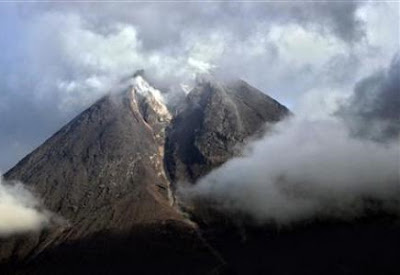An earthquake is the shaking of the earth’s surface caused from a sudden release of energy usually from pressure built up in earth’s tectonic plates. Earthquakes can be recorded and measured using a seismograph. Seismographs use the Richter scale to measure the size of an earthquake, with a 3 or lower earthquake being minor and a 7 and above being a major earthquake that causes a great deal of damage. An earthquake can cause other disasters to occur as well, such as a tsunami, if the earthquake originates at sea, or a landslide if the earthquake occurs on a mountainous terrain.
Earthquake Disasters:
An earthquake itself is not usually responsible for causalities and injuries; rather, earthquakes can cause serious damage to buildings, man-made structures, and can even cause massive sea waves called tsunamis. These events are what make earthquakes so dangerous. Only major earthquakes can cause damage such as this, but compared to minor earthquakes, major ones rarely occur. Minor earthquakes happen all the time in places such as California and Alaska, but they are nearly all minor and hardly noticeable on the earth’s surface.
Ground Shaking:
Earthquakes cause the ground to shake for several seconds. Due to this, many buildings and other rigid structures are destroyed or damaged. The amount of damage that a given area receives from the shaking ground depends on the magnitude of the earthquake, the distance from the epicenter (the center of the earthquake on the earth’s surface) and geological conditions. Geological conditions may make the effects of an earthquake more severe.
During an earthquake, the ground may rupture as well, usually along faults (a fracture in a rock). Large structures, such as dams must be carefully built so that they are not on fault lines.
Landslides and Avalanches:
Due to the violent shaking during an earthquake, a landslide or avalanche may occur in mountainous areas with unstable, steep slopes. There is always the danger of a landslide in these areas for rescue crews attempting to provide relief to an area struck with an earthquake.
Fires:
Earthquakes cause fires as well because they damage electrical power and gas lines. To make matters worse, earthquakes can ruin water lines making it difficult to contain fires caused by earthquakes.
Tsunami:
When an earthquake occurs at sea, a massive amount of water may be displaced, causing towering waves that threaten coastlines in proximity of it. Tsunamis may even affect areas much further away because they can travel for great distances at about 600-800 kilometers an hour. Destructive tsunamis are usually only formed during earthquakes of 7.5 magnitude or higher.
































 10 years ago 13 people were killed by a landslide in the Swiss village of Gondo. Commune
10 years ago 13 people were killed by a landslide in the Swiss village of Gondo. Commune 




